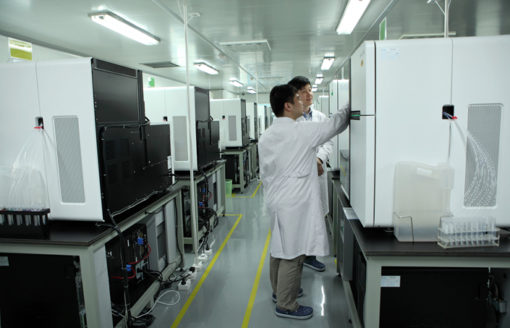The pace of rising incidence of cancer globally is alarming, especially in emerging countries. According to the European Society for Medical Oncology (ESMO), the leading professional organization for medical oncology, more than 66% of new cancer cases will be diagnosed in those regions with the least resources to tackle the disease. Cancer and other non-communicable diseases constitute major health and development challenges, with intersecting implications for the Sustainable Development Goals (SDGs), a collection of 17 global goals set by the United Nations General Assembly for achieving a better and more sustainable future for all. Investors can play a critical role in this regard by enhancing treatments of oncology through funding research and development projects to find new cures.
Conventional cancer therapies, including surgery, chemotherapy and radiation, are usually ineffective and frequently result in pain as well as exhaustion such that a patient’s quality of life is severely impaired. With continued research and development efforts, there have been breakthroughs in cancer treatments like the introduction of immuno-oncology drugs (using the human body’s immune system to fight cancer). These drugs have higher survival rate for certain types of tumors and the potential to significantly extend lives. A few of them have been approved by the U.S. Food and Drug Administration (FDA), while several others are in clinical trials. Checkpoint inhibitors such as PD-1 and PD-L1 and Chimeric Antigen Receptor (CAR) T-cells are two of the immuno-oncology drug groups.
Life sciences private investors have to commit their capital for at least several years before they have an idea if their investments could deliver positive returns due to the long cycle and risks associated with drug development. However, regulatory agencies, including the U.S. FDA and China Food and Drug Administration (CFDA), have plans to expedite the drug approval process so as to encourage continued investments in new drugs and bring clinical benefits to patients sooner, and this action is beneficial to investors overall.





Clean Technology Market Opportunities